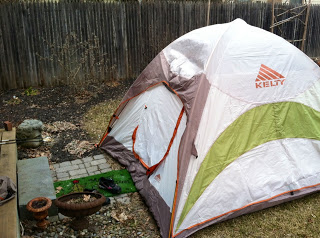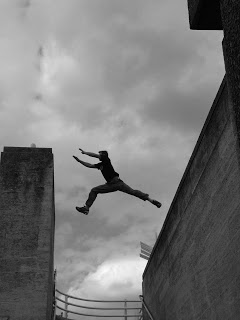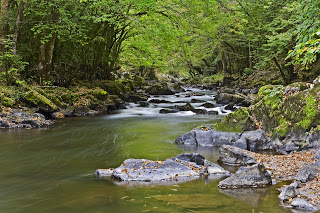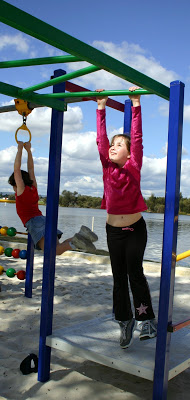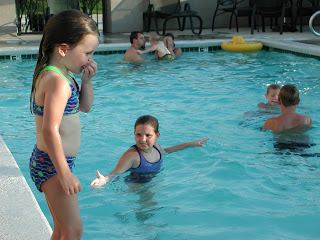It being an unusually mild February break, my daughter, the Lovely K., declared her intention to sleep outside in a tent. We set it up on Wednesday, just one step from the porch, and she and a friend piled in for the night. The following morning I found that although the friend had slept the night through in the tent, K. had come in around 11, and slept on the sofa. Her explanation was that she hadn’t taken enough blankets and warm clothes. Mild February, but still February in upstate New York.
So the next night said she would give it another go. This time, no friend, but lots of extra blankets, coats, hats, etc. She was tired and ready to climb into her nest of quilts and covers at 8:30.
Physical courage, as we have said on this blog, involves willingness to endure discomfort. It also involves willingness to withstand the threat of snakes and strangers and things that go bump in the night. Note: it’s really a good idea if nobody puts rubber snakes in the tent.
I got a couple of texts in the first few minutes. Nerves. Hearing people walk past on the street (the tent was only about ten yards from the sidewalk and street). Wondering if there were more rubber snakes hidden under her blankets (additional note: don’t tell your friends your daughter is doing her first solo camp-out if they are sort who might sneak over and hide a rubber snake under a blanket). And before you ask, I’ll tell you that the tent was in the front yard because at this time of year the back yard is full of frozen dog poo. So yes, the front yard, but on a safe, quiet street. I told her I was confident she could do it, and that after all she could be inside the house in approximately two long strides (see photo!) I went to bed. I don’t use the term “
courage challenge” with her too often, because as you can well imagine she has gotten an earful of “courage” and “challenges” and I’m likely to run into some counter-will if I bring it up! But courage challenge it was, without question.

In the morning, I checked her bedroom: empty. Checked the sofa: empty. I picked up my cell phone to take a photo of the tent, and found this:
I think it hardly needs saying that I felt awful. Poor kid! Alone in the dark and the cold, it’s easy to imagine all kinds of lurking dangers.
But here’s the bottom line: she did not bail out. She braved the cold and the dark and the rubber snakes and the fear of “someone,” and stuck to her resolve. Maybe she was too scared to leave the tent? Maybe. But still, she did stay. I woke her up at 7:00 and bundled her into the house to get some good sleep on the sofa, by the fire. As far as I’m concerned, she earned a medal with this courage challenge.
Amazingly, she reported a dream to me when she woke up – a dream so perfect to the occasion that a screenwriter or novelist could not have done better. “I was in a town, and the next town over was destroyed and deserted because there was a dragon. And people had to get picked to go there and be sacrificed so it wouldn’t come destroy this town too. And I got picked, and L., (one of her best friends) and we went there and there was a volcano where it lived. There were tracks and the old mining car things, like a roller coaster, and we got in one of those cars. We had a blue snake with us – I think it was a magical snake. And we didn’t want to go near where the dragon was. We saw a pit full of dead bones. The tracks were going up and down and were broken in some places, and the car thing we were in had to jump over gaps. Then ahead of us was this wall — like water standing up – and we had only a certain time left to get through it before it turned to stone and the dragon wouldn’t be able to get us. Then that snake that was with us was the dragon. But it couldn’t get through the wall. And we were safe.”
In the words of Joseph Campbell: “The cave you fear to enter holds the treasure that you seek.”
.
